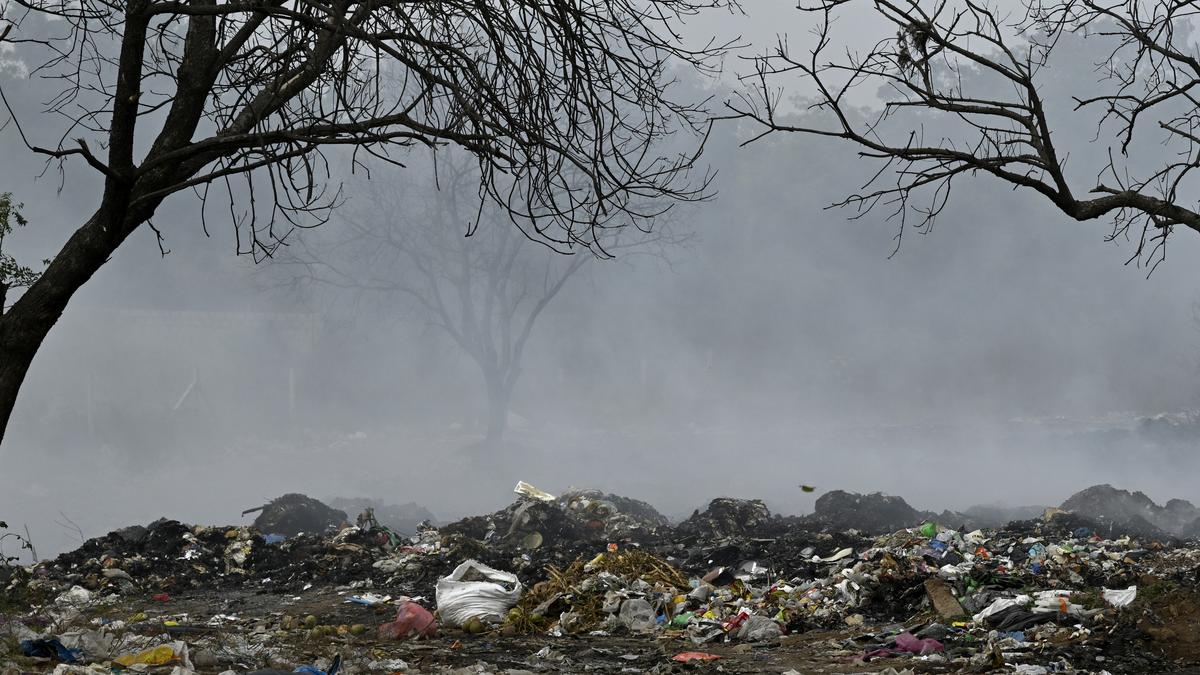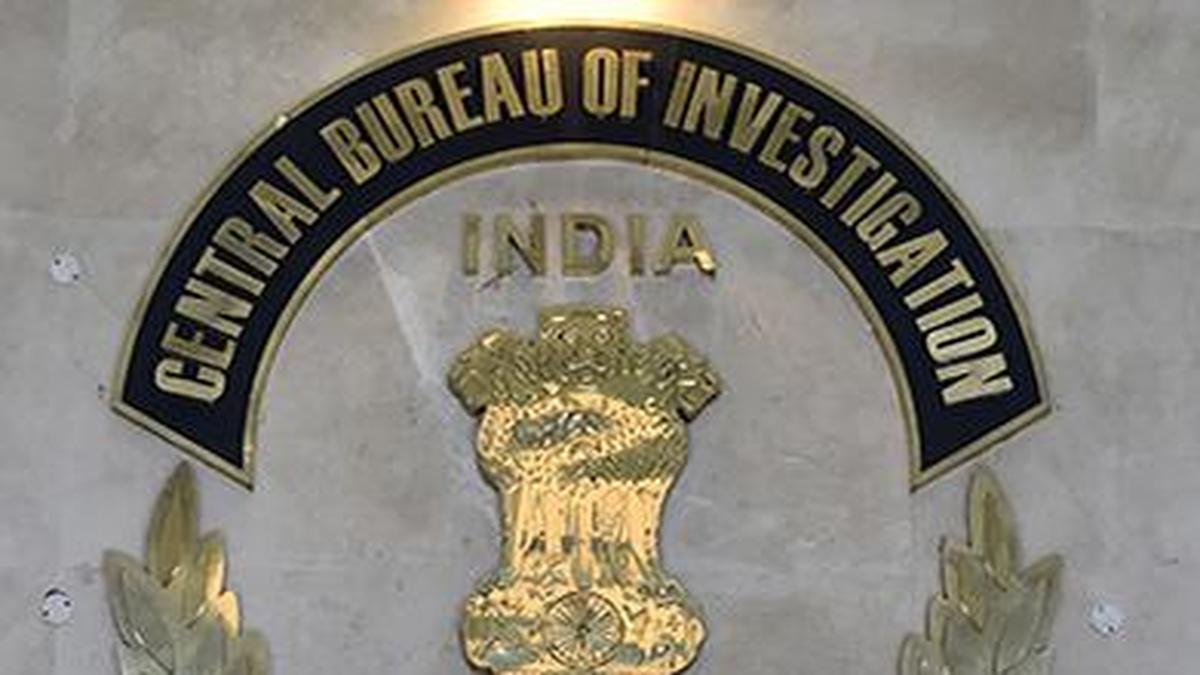Now Reading: Hyderabad’s Bolarum Records Worst Ozone Pollution This Summer: Study
-
01
Hyderabad’s Bolarum Records Worst Ozone Pollution This Summer: Study
Hyderabad’s Bolarum Records Worst Ozone Pollution This Summer: Study

Swift Summary
- Location: Industrial belt of Bolarum in Hyderabad, India recorded the highest ground-level ozone pollution this summer.
- Study details: Research by Centre for Science and Environment titled ‘an invisible threat: Ground-level ozone – Metro cities’ analyzed data from March 1 to May 31 using CAAQMS stations.
- key Findings:
– Bolarum exceeded safe limits for ground-level ozone on 17 days, with levels reaching nearly 140 μg/m³ against a standard of 100 μg/m³.
– Other Hyderabad locations had limited exceedances: ICRISAT (2 days) and Ramachandrapuram (1 day), totaling 20 days citywide.
– Citywide exceedance was down by 55% compared to last summer but the average hourly peak increased by 3%.
- Nationwide Context:
– Bengaluru logged the highest exceedance days (45), followed by Mumbai (32), Kolkata (22), Chennai (15).
- Causes: Ozone forms via chemical reactions triggered by pollutants such as nitrogen oxides, volatile organic compounds (VOCs), carbon monoxide, and sunlight.
- Risks:
– Health concerns from short-term exposure include airway inflammation, heightened infection susceptibility, asthma exacerbation, and worsening chronic respiratory conditions.
– Vulnerable populations include children with underdeveloped lungs, older adults, and individuals with preexisting respiratory issues.
– Long-distance travel of ground-level ozone poses regional risks impacting agriculture productivity.
- Winter trends: Advancement seen-only nine winter exceedance days vs. past winter’s record of forty-three.
Indian Opinion Analysis
The findings draw attention to evolving air quality issues that extend beyond direct industrial emissions. While improvement in overall seasonal figures is promising (55% reduction in summer exceedances, better winter air quality), higher hourly peaks suggest persistent challenges requiring ongoing vigilance. Bolarum’s situation highlights industrial belts as focal points for pollution mitigation while addressing secondary/long-distance pollutants like ground-level ozone requires multi-regional coordination due to its chemical complexity.
Health risks necessitate targeted interventions toward vulnerable demographics like children or seniors alongside broader public campaigns advocating cleaner practices across industries and transportation systems.Moreover, the study’s linkage of poor air quality impacts on agriculture underscores the criticality of solutions embedded within food security frameworks. In urban areas like Hyderabad dealing with long-standing environmental challenges linked to climate conditions/sunlight intensity variations may require more localized seasonal responses coordinated nationally for full efficacy.

























